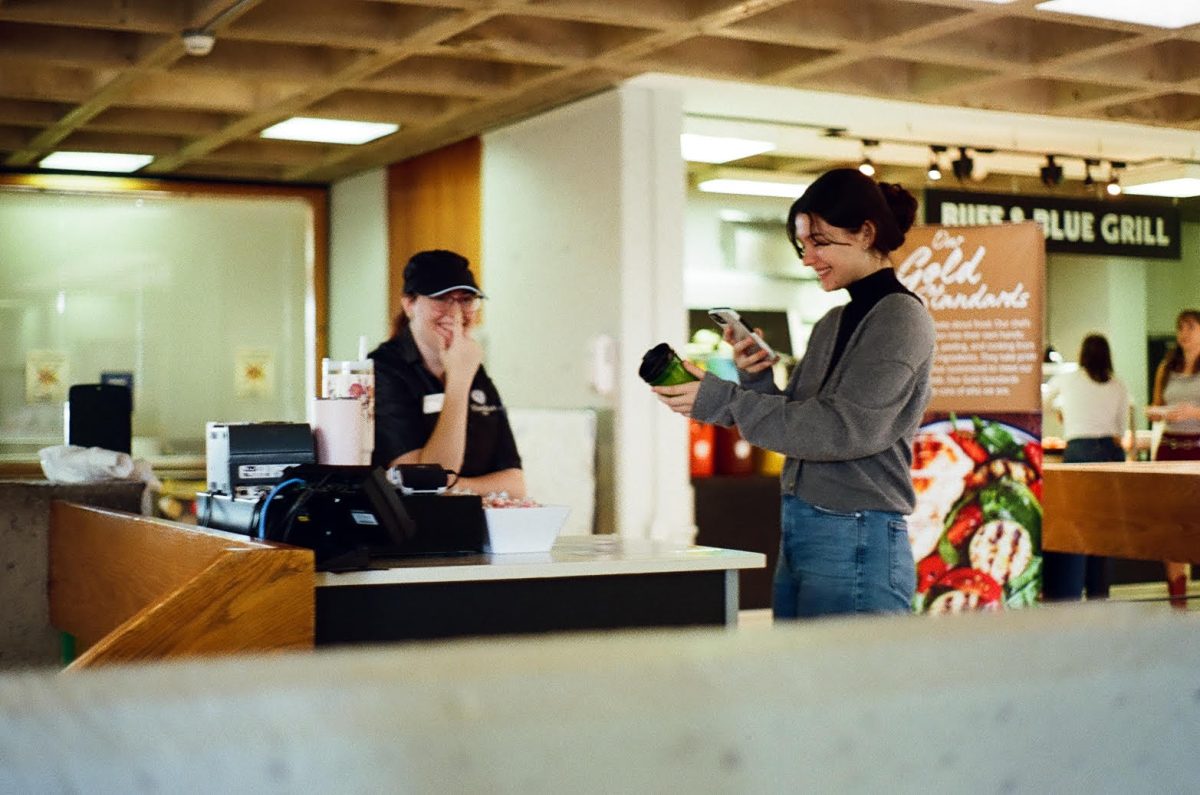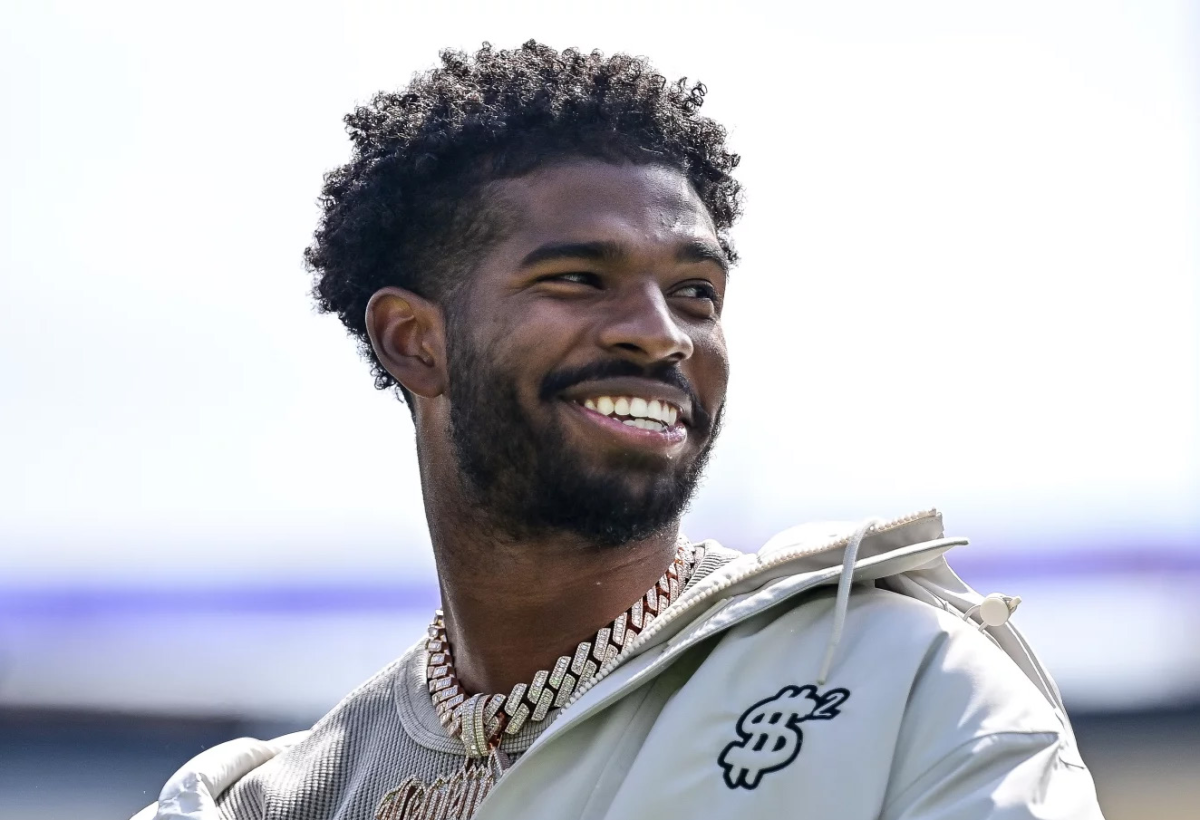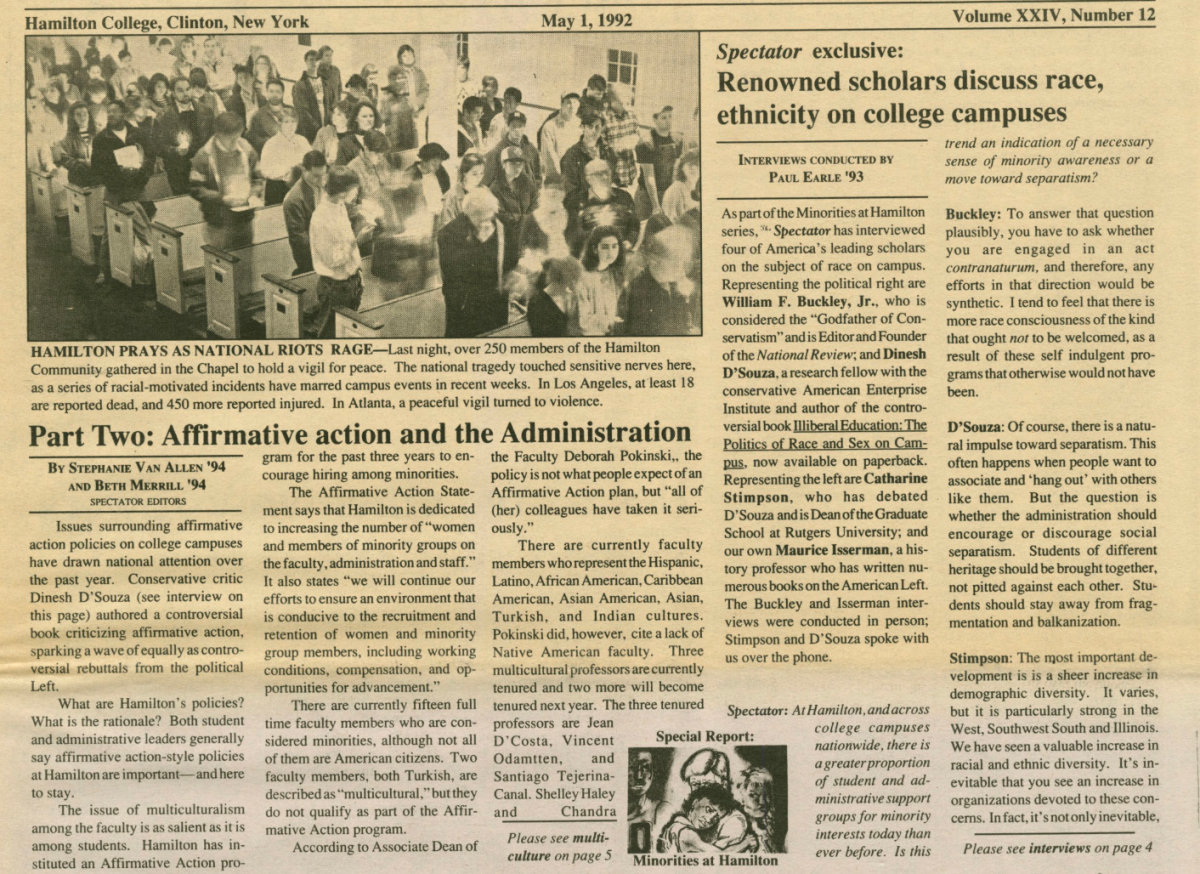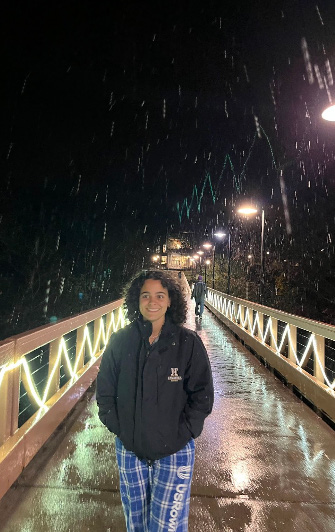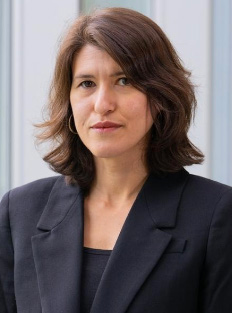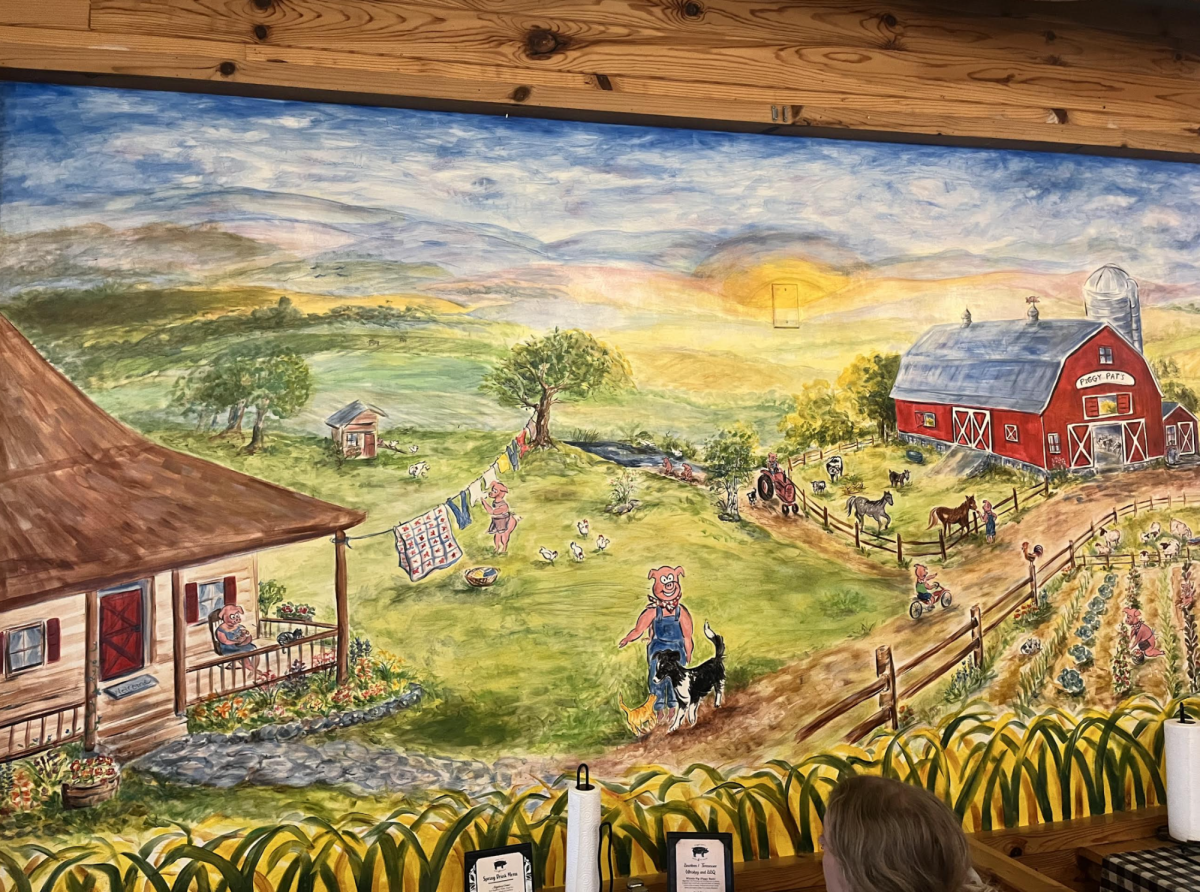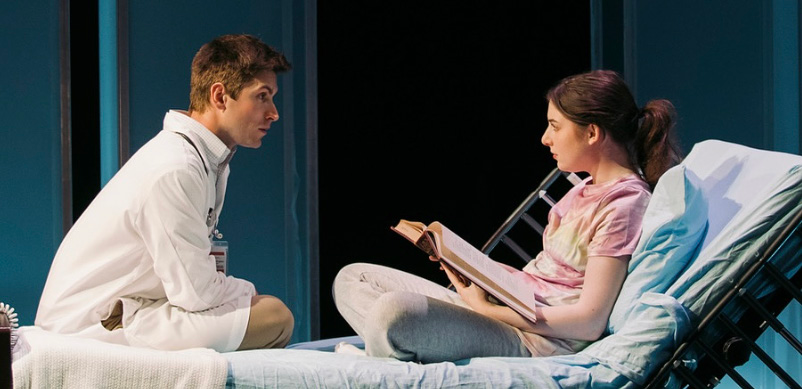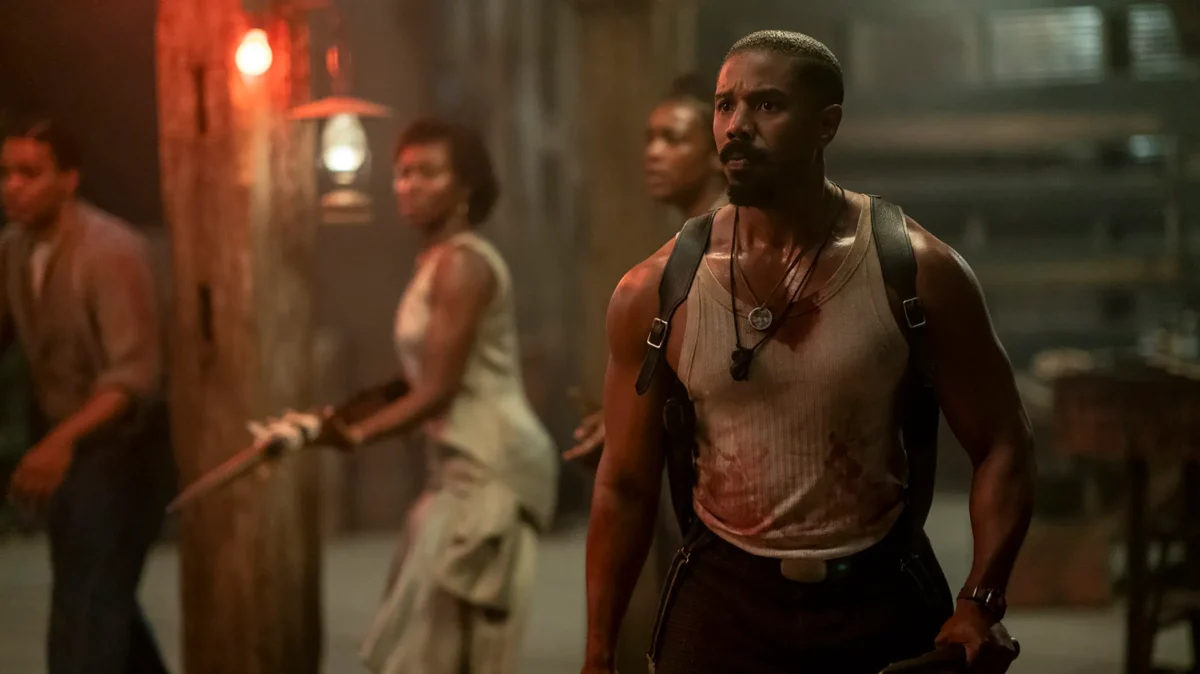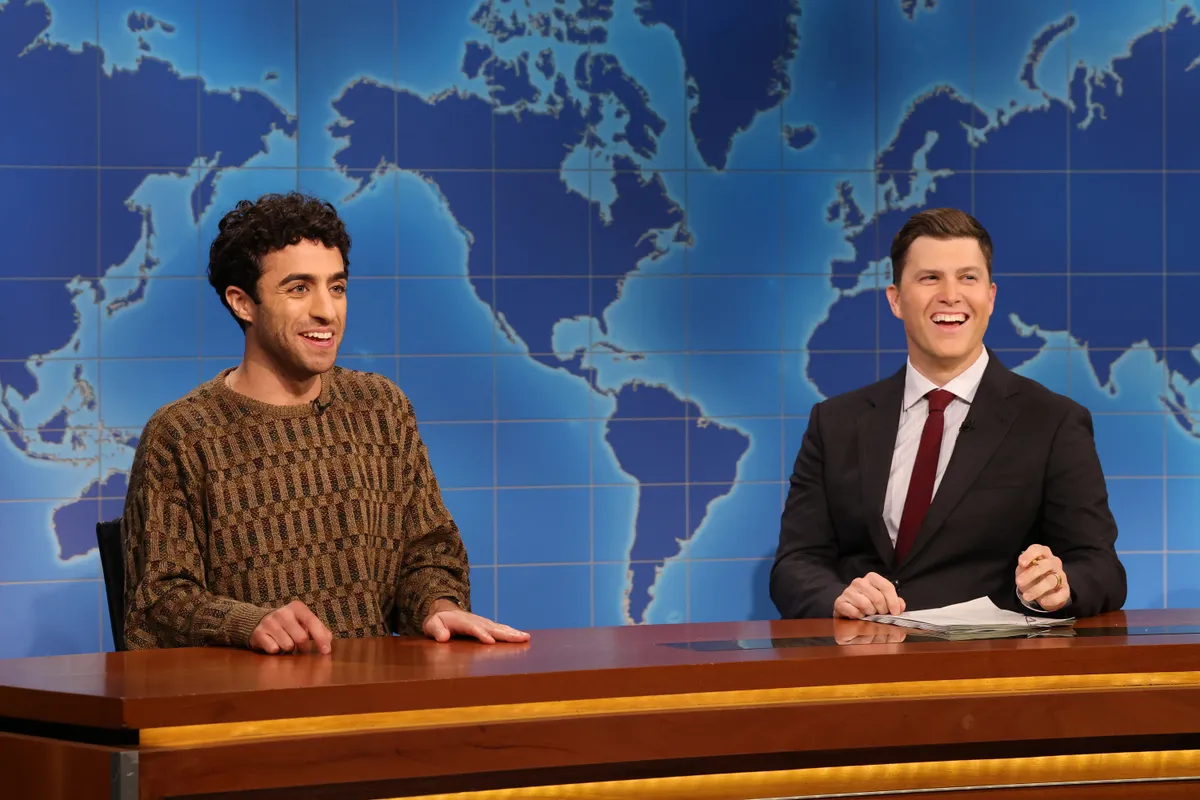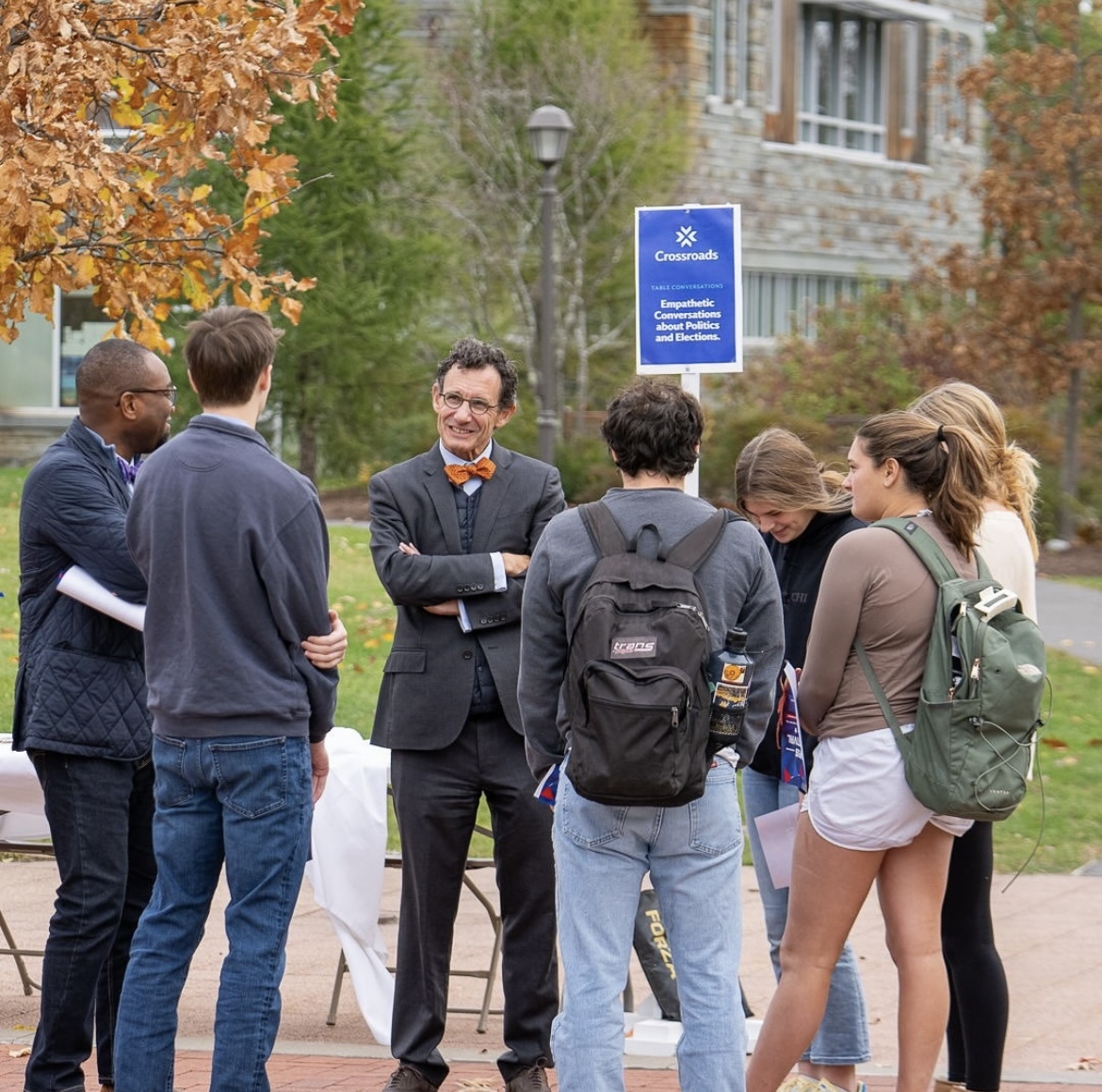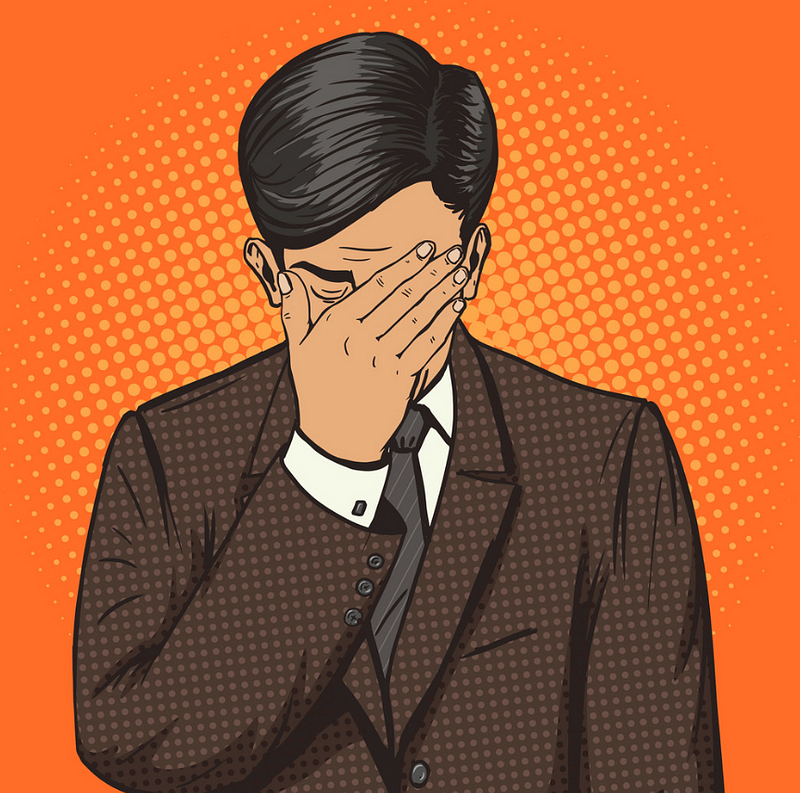
Since the Celtic origins of Halloween have mostly been lost in America, we are left wondering what the purpose of this holiday is. Our most popular and celebrated holidays often rotate around a general feeling or value like love, thanks, or community. Even though their traditions have shifted too, Halloween is easily one of the most altered since its movement to America. It has instead become very focused on image, fun, and fear. This focus on image also connects to the ability to be another person, thing, or being for the night. This taking on of another role or identity forces a sort of reduction of self and a reliance on or expression of varying generalizations and stereotypes. This reduction may be the reason why Halloween becomes a reflection on our views on gender roles as well as the divides between varying groups of people.
Three of the most popular Halloween costume websites hold a clear pattern and division between men’s and women’s costumes. Halloweencostumes.com has a specific section on its website called “sexy costumes” under “adult.” In this section there were 57 costumes for men and 772 for women. Spirithalloween.com has a section called “sexy” under the women’s costumes section with 106 costumes, but no “sexy” section under men’s costumes. Interestingly enough, the only time the word sexy was used in the men’s section was under the category of “men’s occupation costumes” for “men’s halloween costume ideas 2018.”
These findings suggest only occupation costumes can achieve a “sexy” look for men. The descriptor “hot” was used twice and the descriptor “handsome” was also used twice for varying costumes out of the 575 available in the “all men’s costumes” section. Costume supercenter. com has a section separate from men’s and women’s costumes called “sexy.” However, it only included women’s costumes, which is clear in the informational paragraph where “lady” is used in relation to the expected consumer. In the section called “men’s costumes” the word sexy was not used as a descriptor and neither was “hot.” The term “handsome” was used once to describe a cut-off police-type costume.
The trend I noticed when studying these websites was that costumes categorized or described by a physical descriptor linked to attractiveness were dominated by and geared towards women. Though there were times when men’s costumes were linked to physical attractiveness through wording, like being included in the “sexy” section of a website or being described as “handsome,” “hot,” or “sexy,” these moments were rare and the ratios were unquestionably uneven. The majority of costumes catered towards men were decidedly not of the same sexual caliber that were advertised for women.
These trends hint at a reflection of how women are seen and where their abilities and values lie. The word “sexy” specifically has a lot to do with the response it receives from others. It is a word entrenched in its reactions.
On a day where we can be anything we desire, women are still encouraged to dress in ways that are most physically attractive to those around them before they are anything specific. Or, in their specificity, it still is encouraged to be a “sexy” version. The message now seems to be: “You can be whatever you want to be, just make sure it’s still sexy!”
These websites used big categories like “men’s costumes” and “women’s costumes” as overarching terms within the adult section. These sections often times force consumers to be limited to gendered costumes. I was pleasantly surprised, however, by spirithalloween.com, which offered a “create-a-costume” section. This section had parts of costumes and accessories that could be mixed and matched, which also did not include a gender in the title or description of the item. This openness, though, was not necessarily consistent when it came to the shoe sizes. They did not differentiate between men’s or women’s, but only had one set of size options as though the assumption of a specific gender was implicit.
In a day where it is increasingly possible to reject the views that are often projected upon one and to be free to exist in ways that break away from tradition, many consumers of Halloween costumes are still forced to conform or are turned away entirely by what is available.
As college students in 2018, our lives are specifically centered around the idea that clothing and physical appearance are signifiers of identity to others — this is a chance to be anything. This “anything” or other self can manifest for various reasons: the desire to be someone totally different, to get a laugh from or to scare those around you, love for a certain character or person from history, convenience, etc. It is undeniable that these motivations are often entrenched in our audience and their expectations.
On a college campus especially, the way Halloween is most commonly celebrated is through “going out” and parties. Thus, the expectations we have for these scenes become mixed in with those of the holiday. As we purchase, make, or pull together our costumes from our existing wardrobes, we seem to be still limited and primed by the ideals of the market. Thus, websites are shaped around how the market understands a majority of their target audience to subscribe to just like we often are in the general world of clothing shopping.
We seem to feel that we have made great progress in our expansion, inclusion, and representation of all of our country’s members. We have made some. However, the categories and sections that have been created by companies are not simply reflections of these companies’ understanding of what consumers most search for, desire, and understand to be reality, but they also simultaneously encourage and reestablish a traditional and cis-gendered view of the world.
The constant reestablishment of these norms not only places pressure on women to constantly be appealing to those around them, but also sets a standard that no one can truly live up to. This language is informed by and then teaches the attitude that women do not exist independently and act for themselves, but rather exist for the pleasure and enjoyment of those around them.
The standards also continue to leave those who do not conform to traditional conceptions of sexuality and gender in the back seat. These omnipresent pressures force them to fit into costumes not named or made for them or being left out completely. It is imperative that we resist this pressure.



